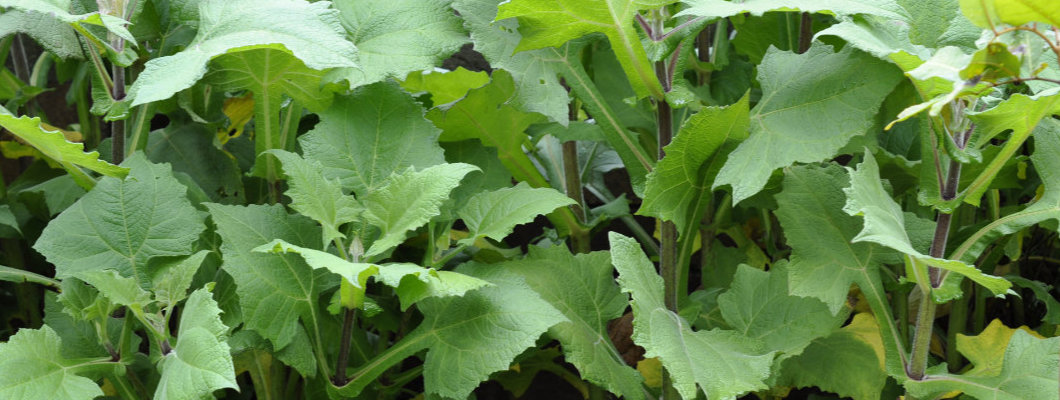
Title image above is copyright © Kristi Ellinopoullos
First published 1st June 2025
Botanical Bits
Botanical name: Smallanthus sonchifolius
Family: Asteraceae (the aster, daisy, composite, or sunflower family: includes daisies, sunflowers, Curio sp. succulents)
Growth: Herbaceous (no woody stems)
Longevity: Perennial
Propagation: Rhizomes (preferred), seed
Pronunciation
‘Yacón’ is pronounced, depending on your flavour of Spanish, sha-KON, ja-KON, lya-KON or eea-KON.
Meaning
‘Yacón’ is an Incan word meaning ‘water root’.
Breakdown of a Yacón Plant
The header image above is of a clump of growing yacón plants, and below is a closeup of the stem:
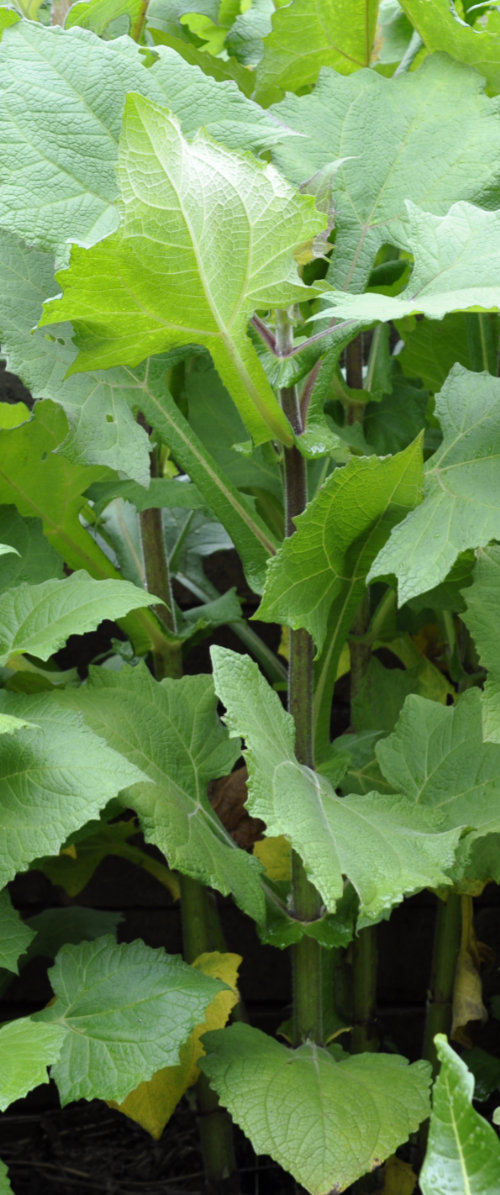
copyright © Kristi Ellinopoullos
These stems are reminiscent of bamboo stems, in that they are hollow between the nodes (where the leaves attach), but are far more herbaceous and much easier to bend and snap, right up until full maturity and their dying down over winter.
The plants in this photo were young and only about a metre high at the time, but eventually grew to 2 m at maturity. Rhizomes dug up from this area two years ago and transplanted to a fresh, never-grown-in area elsewhere went on to top out at 3 m their first year, and 2 m the following (this) year without any fertilising.
The below-the-ground parts are labelled below. I colour-coded the words and pointers in an attempt to make it less busy:
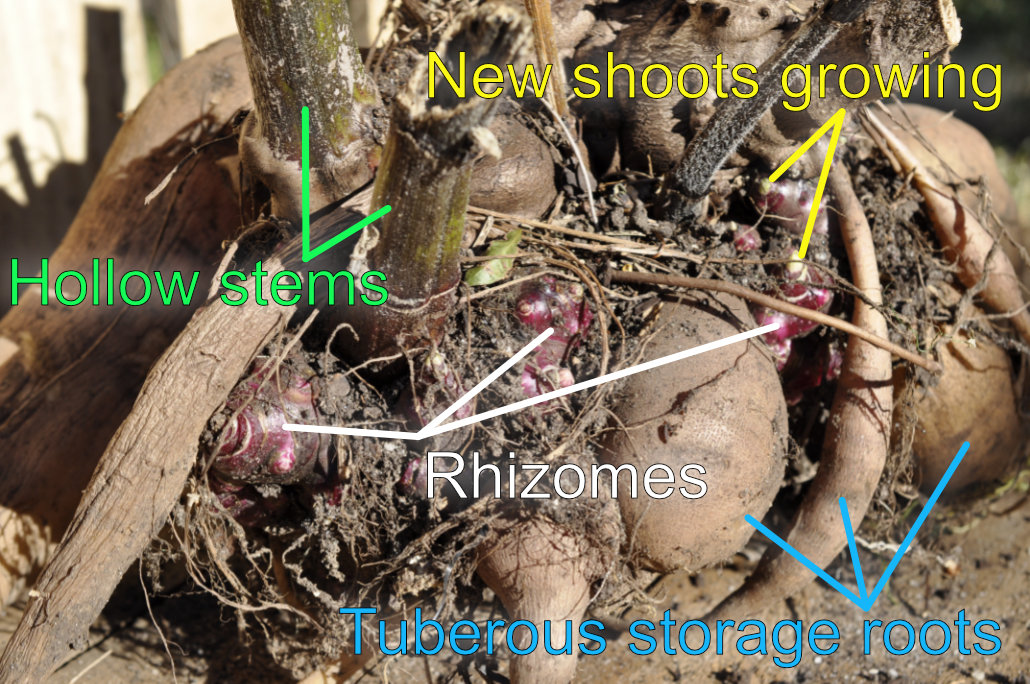
copyright © Kristi Ellinopoullos
The massive tubers (that’s a 1500 mm dressmaker’s tape across the top) in this 900 mm × 1500 mm vegie half-bed bowed it such that it needed repair (both sides bowed, but you may be able to see that the wooden upright on the left side has completely come away):
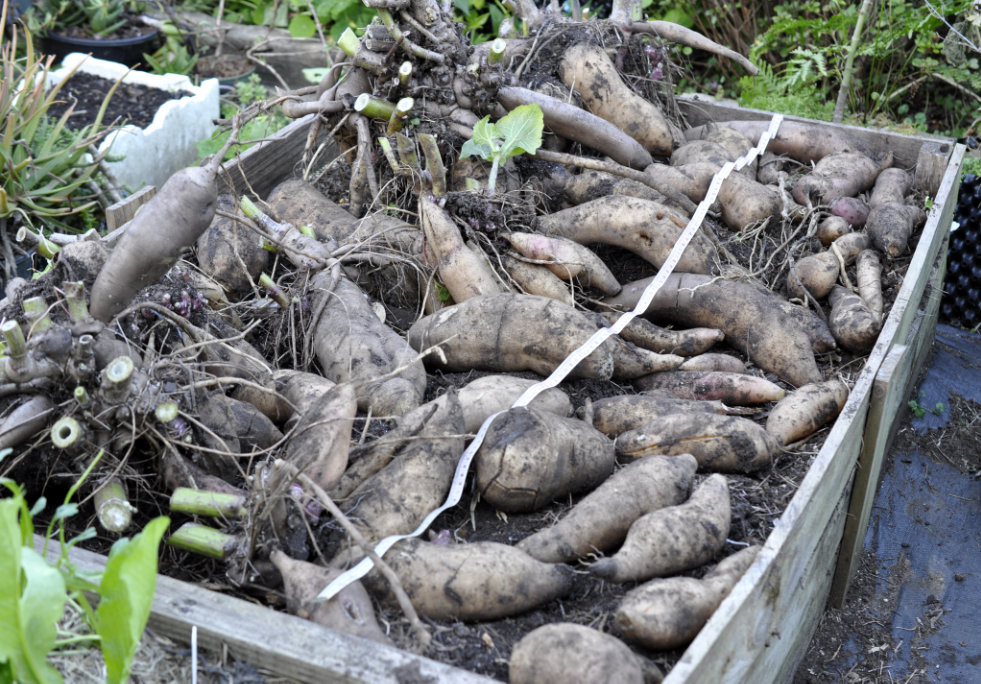
copyright © Kristi Ellinopoullos
If you want a simple way to break up a hard, compacted soil, try planting some well-spaced rhizomes into it! Eating the tubers later is a bonus. I planted my original rhizomes in some pretty poor soil that hadn’t been touched in years, more out of a need to find somewhere — anywhere! — for them than anything else. The following season that soil had transformed into the most friable, loose, earthworm-rich growing medium imaginable. Those tubers can grow vertically to 30 cm or more, and simply push the soil aside and loosen it as they grow longer and wider. Now this soil was simply a depleted, somewhat compacted sandy loam in need of some TLC. Your mileage may differ if your soil is a particularly heavy clay.
These are not deep-rooted plants, and the large, flat leaves can wilt in the heat of a summer’s day, especially if the soil is on the dry side and/or bare. A really well-mulched and well-soaked soil in advance will usually mitigate this, but the plants will bounce back once the day becomes cooler and there is less evapotranspirative stress on them. Take any signs of wilting as a cue to give them a really good drink, as they will be moving plenty of water now into the tubers you are intending to eat in a few months!
The hollow herbaceous stems and large, flat leaves break down rapidly in a well-turned hot compost. The stems should be cut into 2-5 cm pieces first, but the wide, flat leaves have such a large surface area that this isn’t necessary.
The yacón flower is about 30 mm across and looks just like a miniature sunflower. Sunflowers and yacón are in the same family: Asteraceae
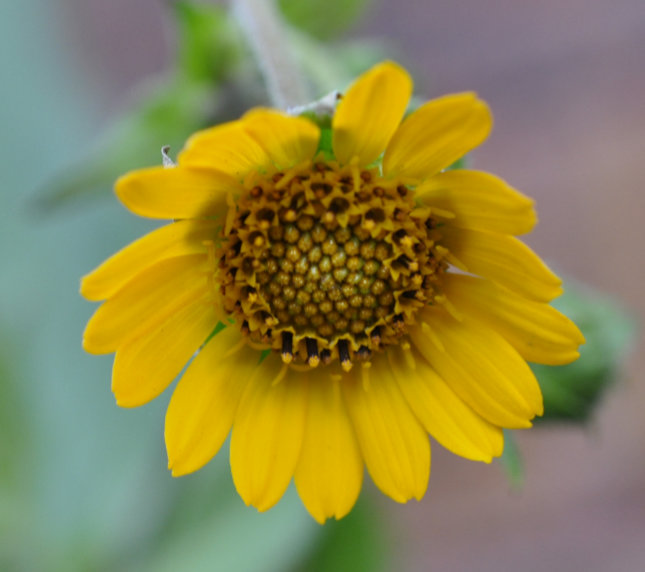
copyright © Kristi Ellinopoullos
Below is a typical plant pulled straight out of the ground by the stem — they really are that shallow-rooted and really do break up the soil to make this easy (though some tubers will snap in two this way). (The stem on the left in that top photo is 2 m high and mostly out of shot.)
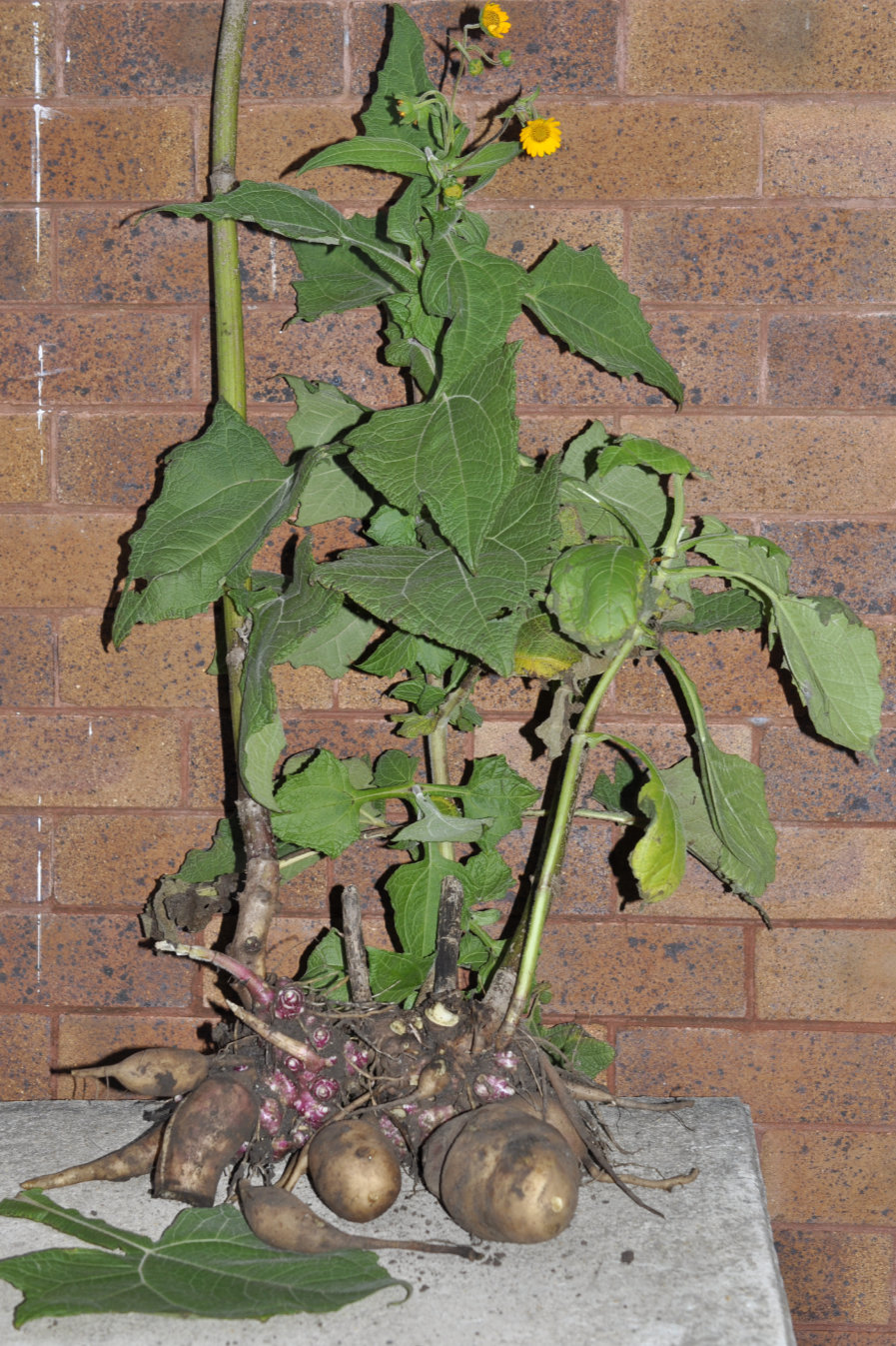
copyright © Kristi Ellinopoullos
This is a close-up:

copyright © Kristi Ellinopoullos
The larger, browner potato-looking objects are the edible tubers and the purple-red objects are the rhizomes.

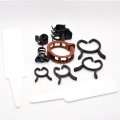

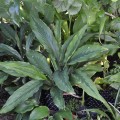
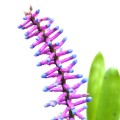
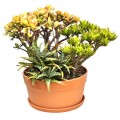


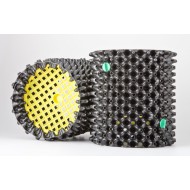
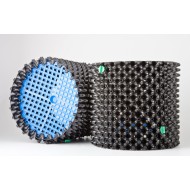

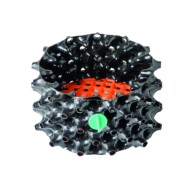
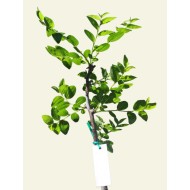

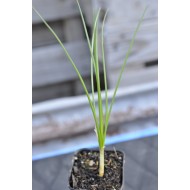
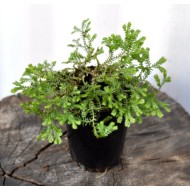

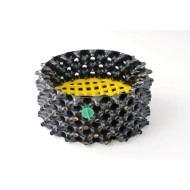
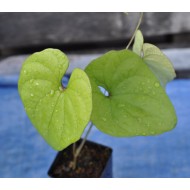
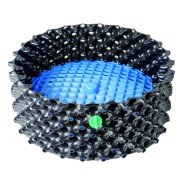
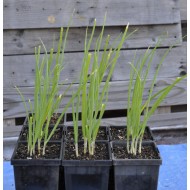
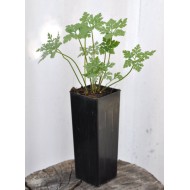
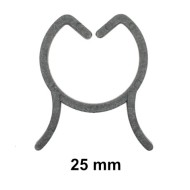
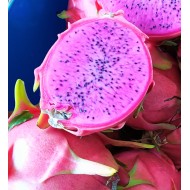

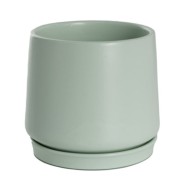
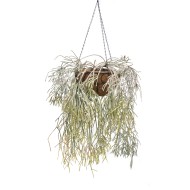
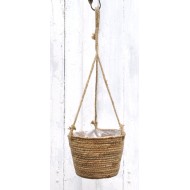
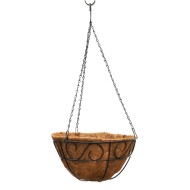
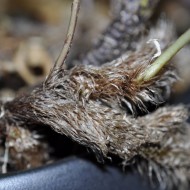
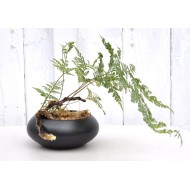
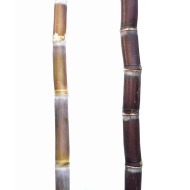
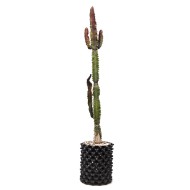
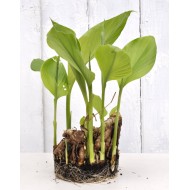
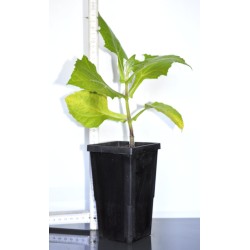
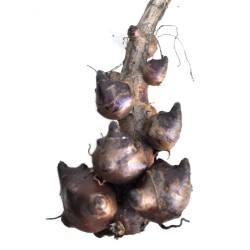
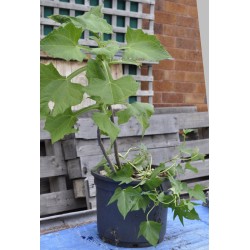
Leave a Comment